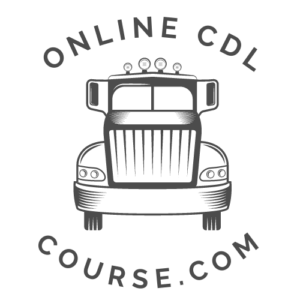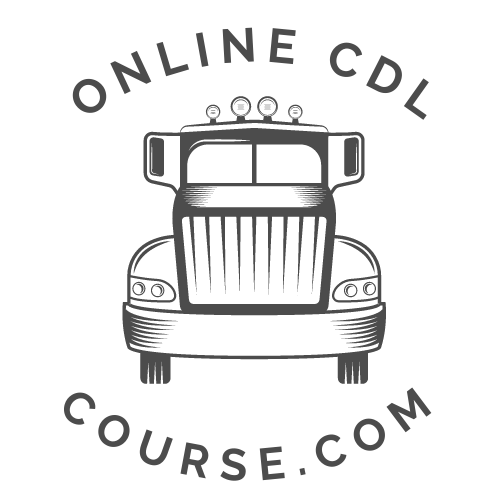Can you believe the world’s longest limo boasts 26 wheels, a pool, and a helipad? If you aspire to work as a stretch limo driver, you might wonder whether you need a Commercial Driver’s License (CDL). The answer depends on many different factors.
We’ll outline the requirements to become a limo driver and explain why a CDL is necessary.
Licensing Requirements for Stretch Limo Drivers
It should be emphasized that the specific requirements can vary. They can depend on the limo’s size and the regulations set by local transportation authorities. If you want to operate larger commercial vehicles, then a CDL is 100% necessary.
Driving a stretch limousine doesn’t always require a Commercial Driver’s License. However, you may still need specialized licenses or permits.
Are you wondering how to determine the licensing requirements for stretch limo drivers?
It’s essential to refer to the proper guidelines. These have been established by the country’s Federal Motor Carrier Safety Administration (FMCSA). The FMCSA is responsible for regulating commercial vehicles in the United States. They explain that if a stretch limo carries fewer than 16 passengers, a CDL may be optional.
Keep in mind that the 16-passenger count includes the driver. The other catch is that the limo can’t be part of a commercial transportation business. If so, you’ll need a CDL.
Remember that specific states may have their own regulations. Some states may require a specialized license even if the stretch limo isn’t used for commercial purposes. For example, you may need a Small Limo License or a chauffeur’s license.
Considering this, it’s a good idea to research and understand the specific licensing requirements in your state. That way, you can ensure total compliance with the law.
What to Expect While Fulfilling CDL Requirements
These licensing requirements often involve written exams and skills tests. For a CDL, applicants must pass written exams proving their knowledge of driving regulations. You can do this online with ease.
You’ll also need to pass skills tests evaluating your practical driving abilities.
Specialized licenses or permits may still involve a written exam even if a CDL isn’t required. They tend to focus on the details of operating a limousine. You should expect possible background checks and driving record reviews.
The Necessity of an Entry-Level Driver’s Training Certification
Requirements for obtaining a Commercial Driver’s License have undergone major changes. One change involves the introduction of Entry Level Driver’s Training (ELDT) regulations.
ELDT aims to enhance the quality and consistency of training provided to individuals seeking a CDL. This ensures they possess the necessary knowledge and skills.
ELDT regulations also came from the Federal Motor Carrier Safety Administration and became effective in early 2022. These regulations apply to individuals looking to get their initial CDL.
It’s also necessary if you’re upgrading your CDL to a different class or obtaining additional endorsements. ELDT comes in handy for various types of commercial vehicles. This includes vehicles for transporting passengers or transporting hazardous materials.
The primary objective of ELDT is to establish a standardized training curriculum covering essential knowledge areas. It also involves practical skills required for safe and responsible commercial vehicle operation.
FMCSA-approved training providers and programs must conduct the training. That way, they’ll meet specific criteria and curriculum expectations.
What Is the ELDT Curriculum Like?
The ELDT curriculum covers a range of fundamental topics. Some of them include the following:
- Vehicle operation and controls
- Vehicle inspection and maintenance
- Safe driving techniques
- Hours-of-service regulations
- Driver wellness
It also emphasizes critical skills such as maneuvering, backing, and vehicle control.
Under ELDT regulations, trainees must complete both theory and behind-the-wheel training. The theory portion includes classroom instruction. The behind-the-wheel training involves practical driving experience alongside a qualified instructor.
Trainees must successfully pass a written knowledge and skills test. Doing this will prove their competency in various aspects of commercial vehicle operation.
ELDT guarantees that entry-level commercial drivers receive comprehensive and standardized training. This has the added benefit of improving safety on the roads for everyone.
ELDT has set consistent training standards countrywide. They aim to improve driver performance and promote professionalism in the industry.
Aspiring commercial drivers can’t neglect ELDT regulations. Instead, they should seek training from FMCSA-approved programs. Completing the required training will make all the difference for your career.
Additional Requirements for Limo Drivers
Are you wondering what else you might need?
Aside from FMCSA requirements, stretch limo drivers may also need to meet other criteria. One common additional requirement is a minimum number of years of driving experience. Some states and companies may mandate that limo drivers have a certain amount of driving experience.
You’ll need to get that experience under your belt before driving a stretch limousine. This requirement ensures that drivers have adequate skills and familiarity with the road.
Another potential necessity is the completion of a defensive driving course. Defensive driving courses teach drivers how to handle tricky situations on the road.
These courses emphasize safe driving techniques and strategies. That way, you can prevent accidents and reduce risks.
Completing such a course showcases a driver’s commitment to safety. There’s no denying that it’ll boost your qualifications as a stretch limo driver.
Are You Ready to Succeed as a Limo Driver?
Once you get the proper certifications, you can pursue a great career as a limo driver.
We can offer you the convenience of an online CDL course. That way, you can realize your dream as soon as possible. We have different sub-sets of classes depending on your specific goals.
Sign up today, and don’t hesitate to send questions our way.









